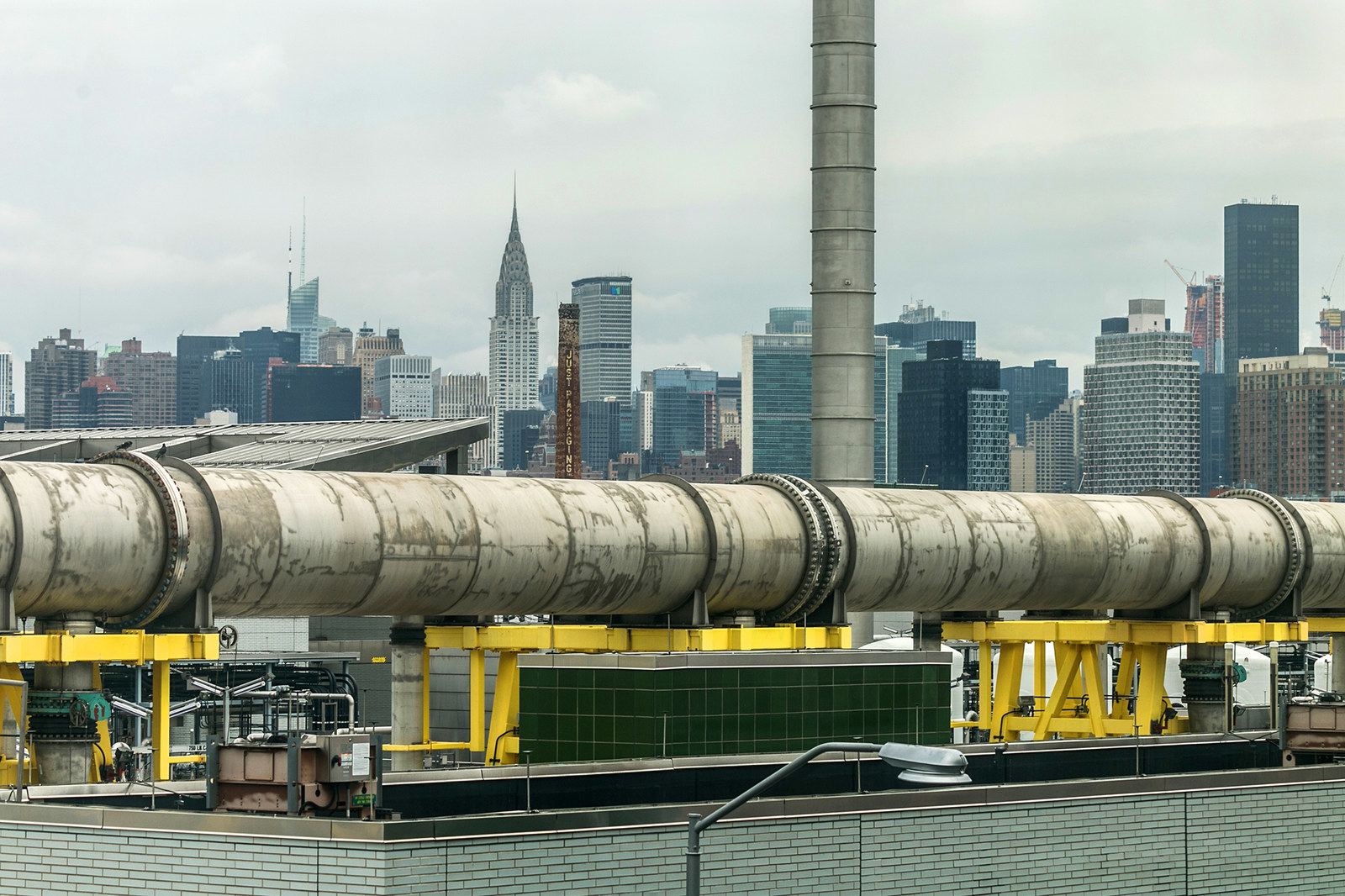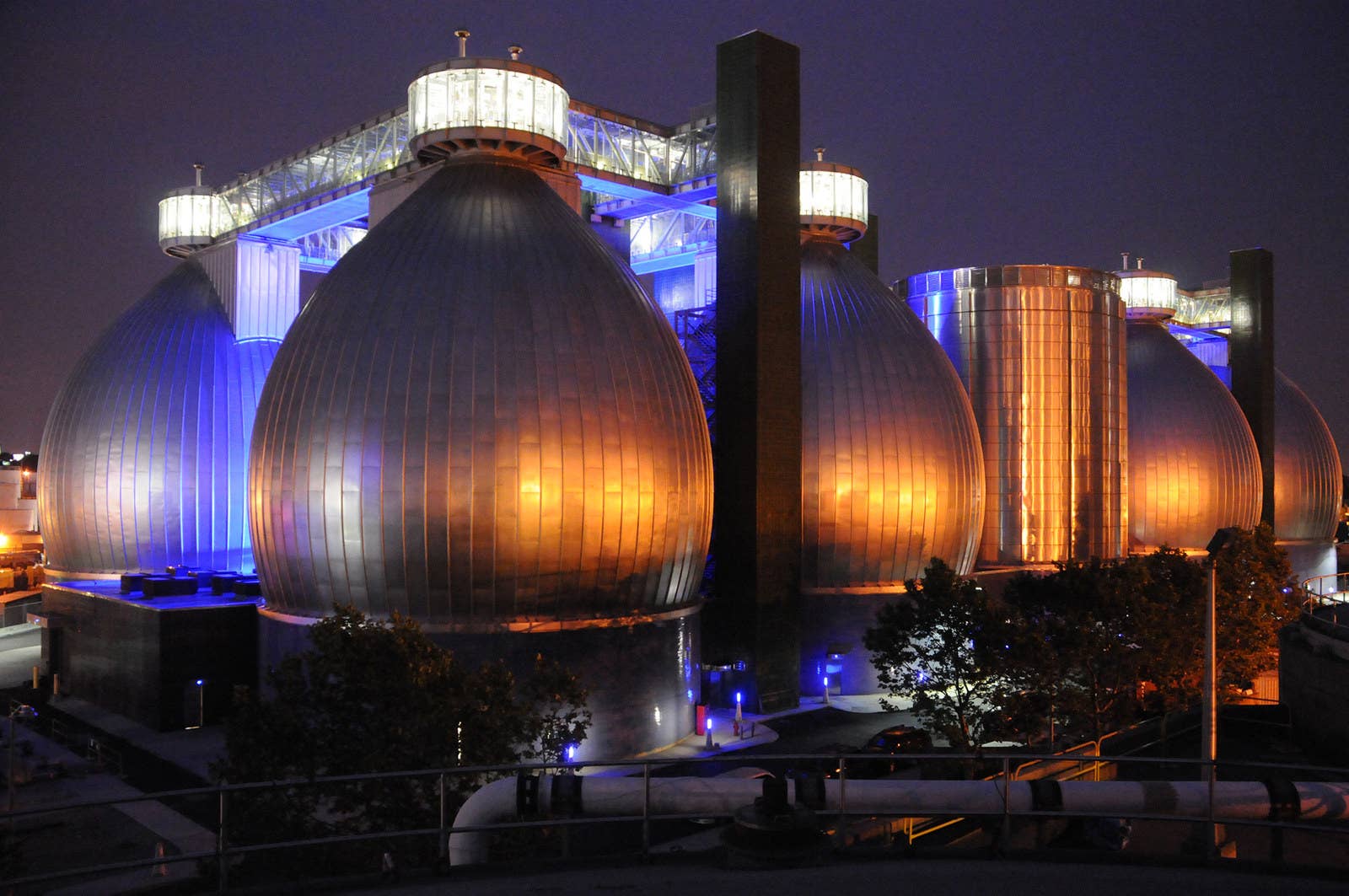
Tucked into an industrial corner of Greenpoint, Brooklyn, the Newtown Creek Wastewater Treatment Plant is the largest and most technologically advanced facility among New York City’s 14 water treatment plants. Each day, the plant treats the wastewater of over 1 million New Yorkers across Brooklyn, Queens, and Manhattan, which on a busy day can total up to 700 million gallons of poop water.
If not for the Newtown Creek Wastewater Treatment Plant and facilities like it, it's quite possible that New York City would drown in its own feces and filth. But New York's path toward properly treating its wastewater for nearly 9 million residents did not happen overnight — quite literally, that path was paved with human excrement.
"As the city began to develop during the mid to late 19th century, city planners realized the huge demand for water — water for drinking, but particularly for the fire department to combat these huge fires that would burn down entire neighborhoods and whole parts of the city. From there, a water system began to develop across the city that was capable of providing clean water, and that's when you first started seeing plumbing in houses and buildings," Frank Loncar, facility manager for New York City's Department of Environmental Protection, explained to BuzzFeed News.
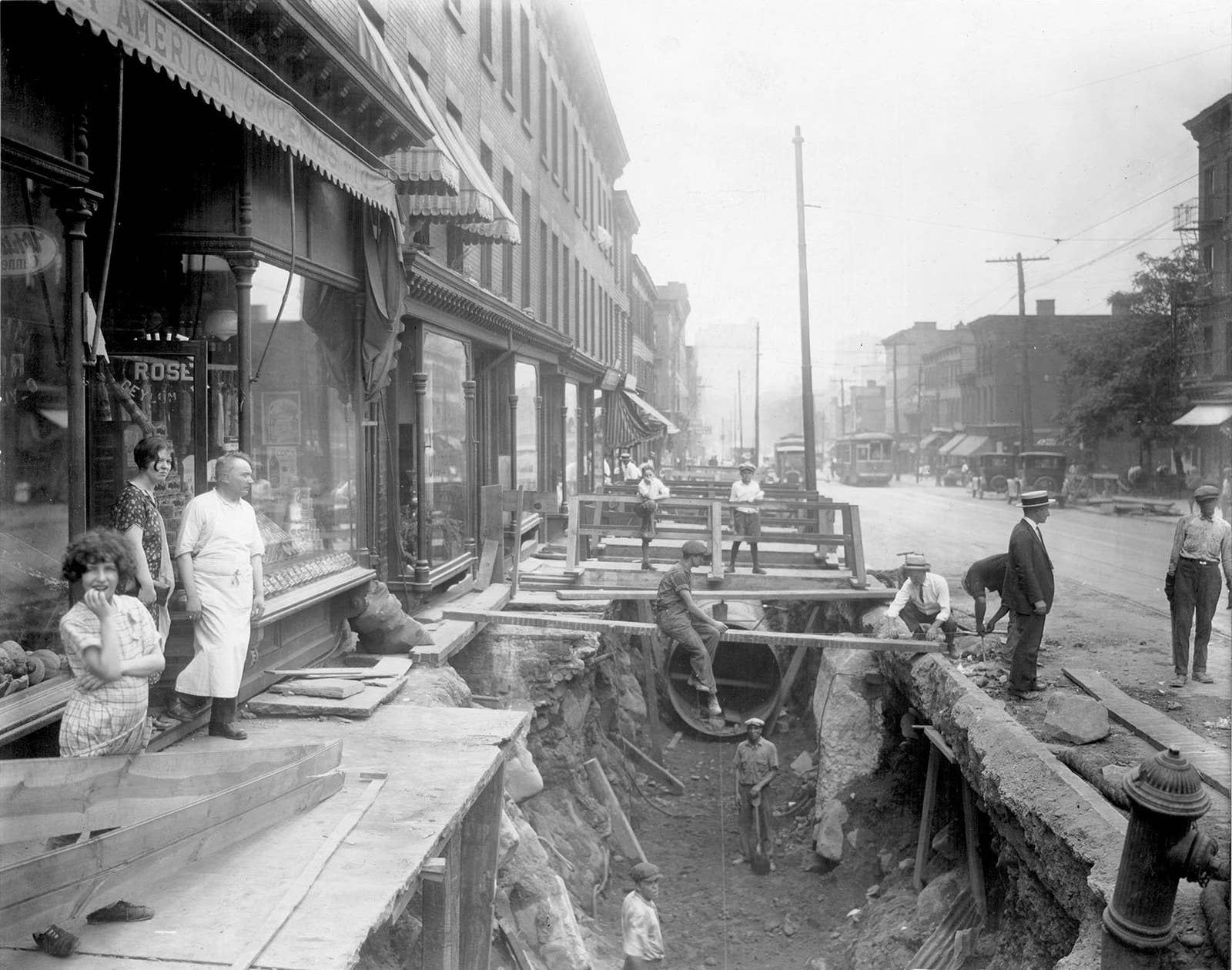
"Before that, most people used bedpans and buckets, usually dumping them out of their apartment windows and into the streets below. To help control this waste, many neighborhoods would dig little streams along the streets where a river of sewage would flow out in the open."
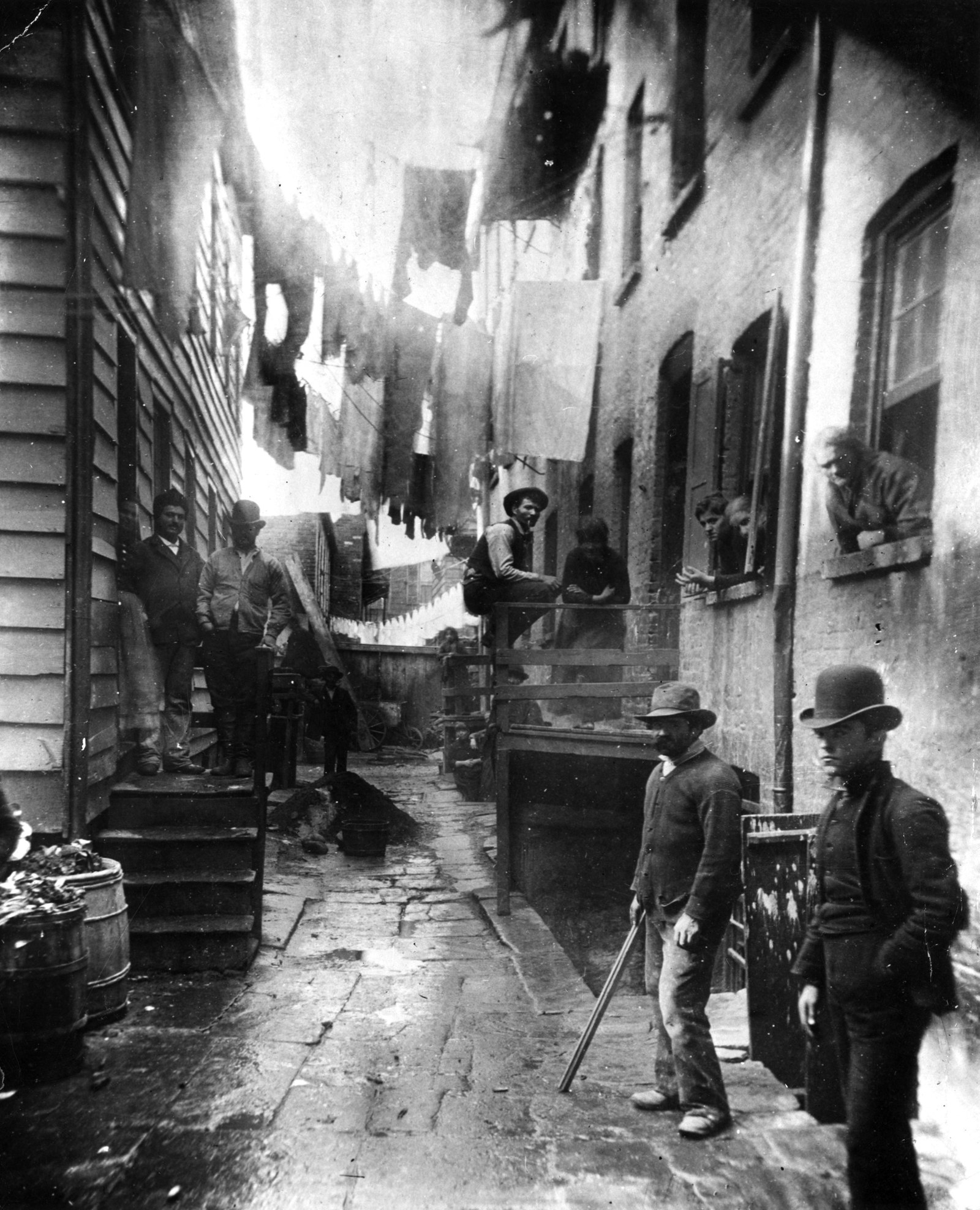
With human and animal waste flowing freely in the streets of New York City, waterborne bacteria and diseases such as cholera and yellow fever plagued the city. It was obvious that something had to be done.
"The next step was to build a sewage system. And some of the oldest sewers in the city still exist in neighborhoods like Bushwick and Williamsburg," Loncar explained.
"But these new sewers led to a whole new set of problems. That sewage was essentially being pumped right into the East River with no treatment. It wasn't until the 1980s that New York City was able to completely treat virtually all of its wastewater."
Today, facilities like the Newtown Creek Wastewater Treatment Plant face a number of new challenges unique to our modern era. According to Loncar, one problem that has dramatically worsened in recent years is the flushing of nonbiodegradable toiletries, such as wet wipes, tampons, and condoms.
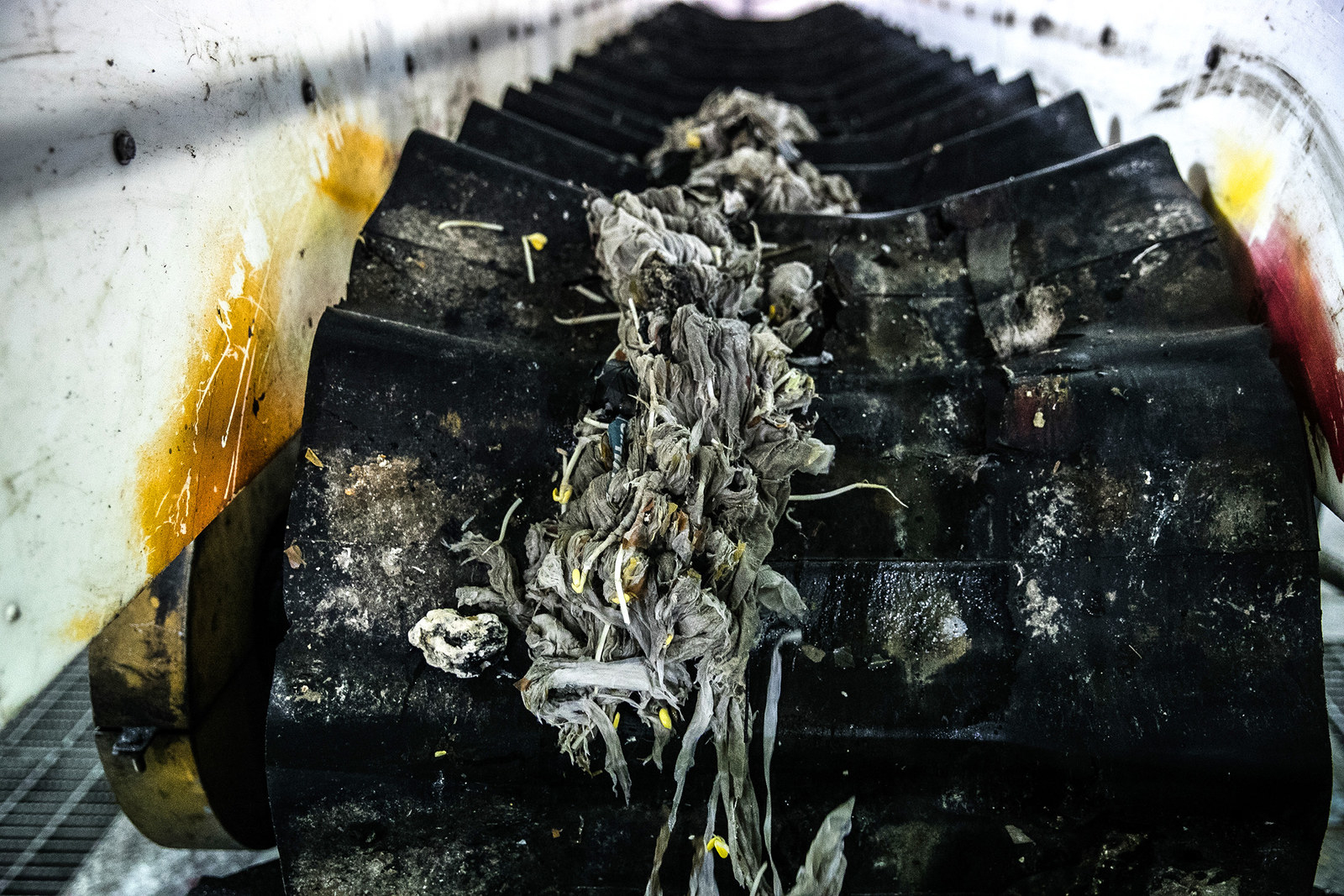
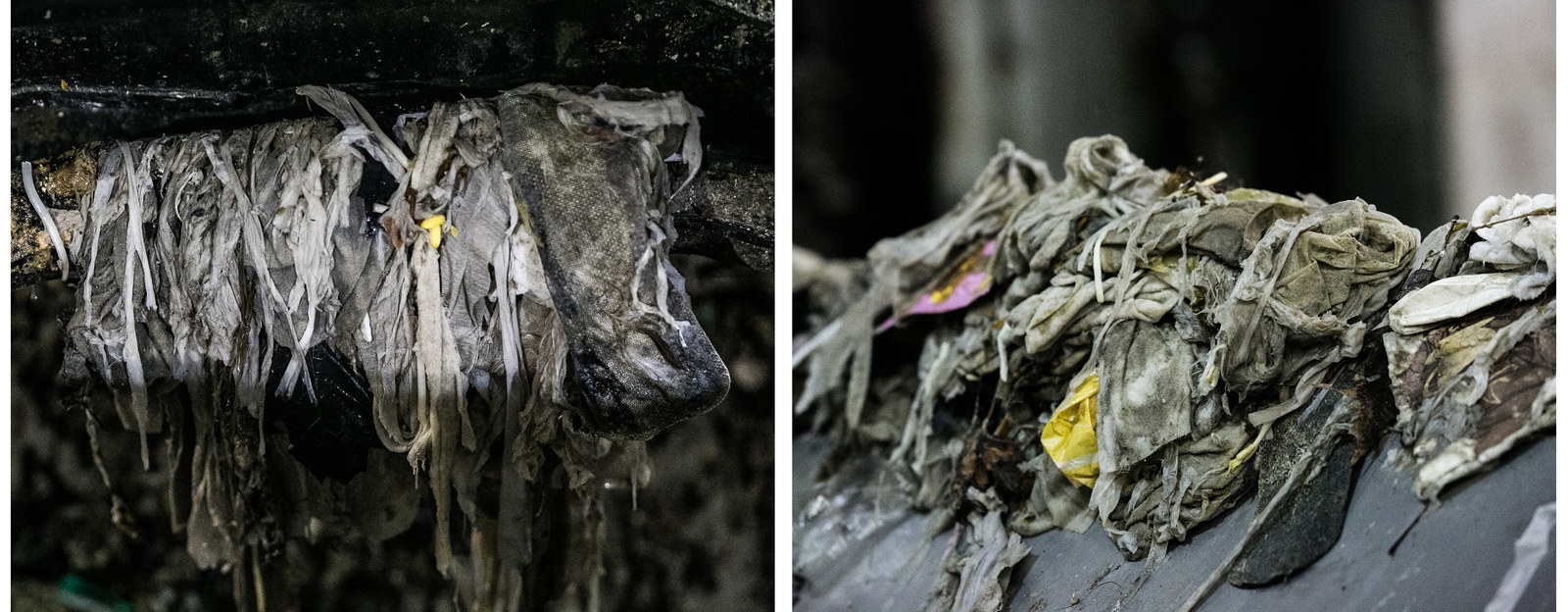
"People think they're flushable, but they're not biodegradable," Loncar told BuzzFeed News. "Typically, they're 50% cotton and 50% plastic, which makes them so resilient and nearly impossible to break down in the treatment plant."
"If you want to use wet wipes, we beg you to throw them in the trash, because they're getting caught in our machinery and damaging the equipment that's keeping New York clean."
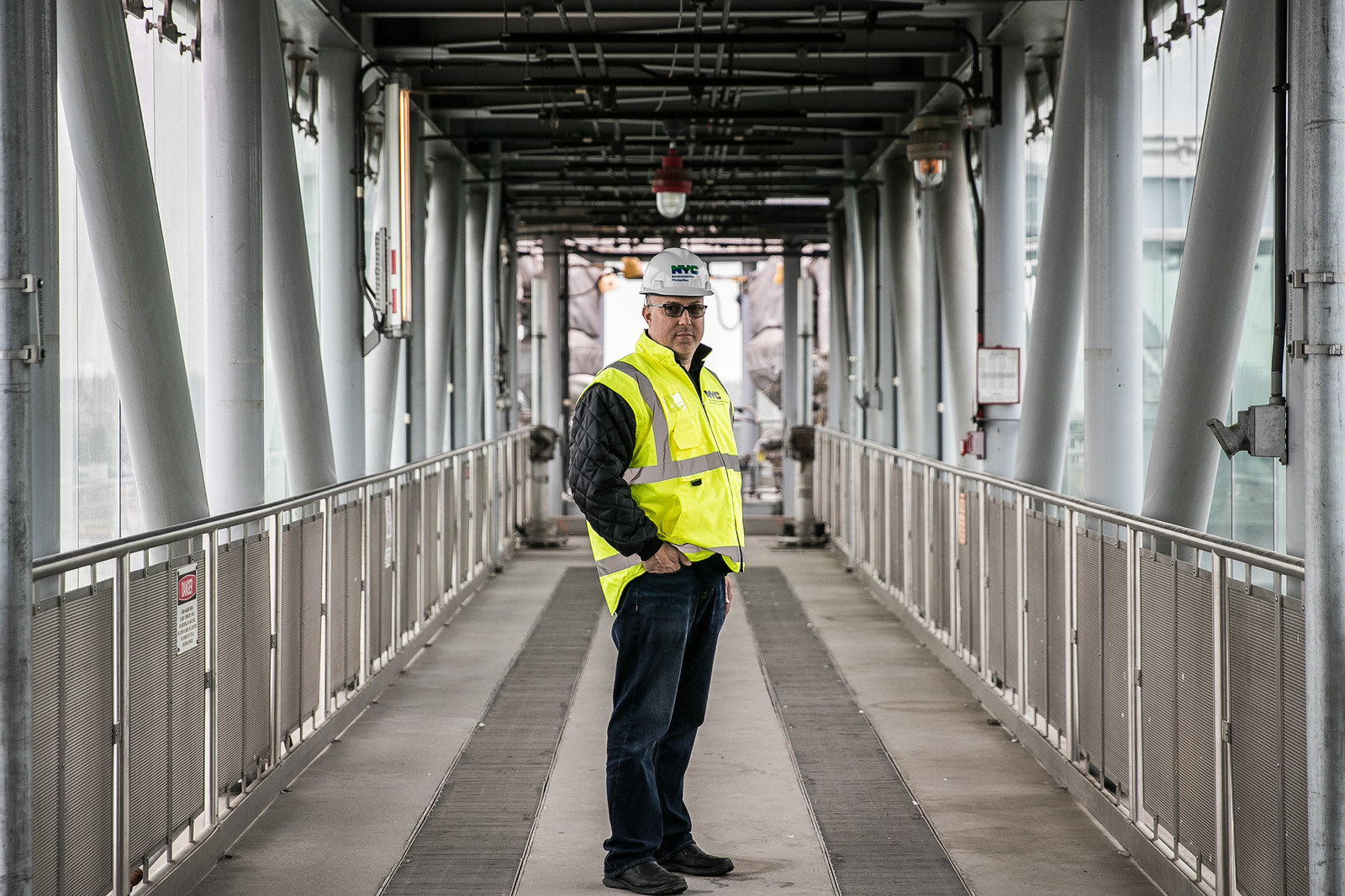
As with wet wipes, other hazardous and nonbiodegradable items discovered in New York City's water treatment system can at times reflect societal trends.
"Back in the day we would notice a large number of drugs, particularly crack pipes, coming in from specific areas of the city. Now we don't see too many of that type of thing," Loncar explained. "Today, we allow some universities to conduct research to study what's found in the wastewater and how it relates to communities in New York."
At times, what's discovered in New York's wastewater leaves more questions to be answered than explanations. "We find all sorts of strange things," Zainool Ali, plant chief at the Newtown Creek Wastewater Treatment Plant, told BuzzFeed News. "Recently a bicycle came through, which was very confusing."
"We often have live baby turtles and exotic fish, too. Every once in a while one of our guys will notice wads of cash. If they're willing to stick their hand in there, then they deserve that money."
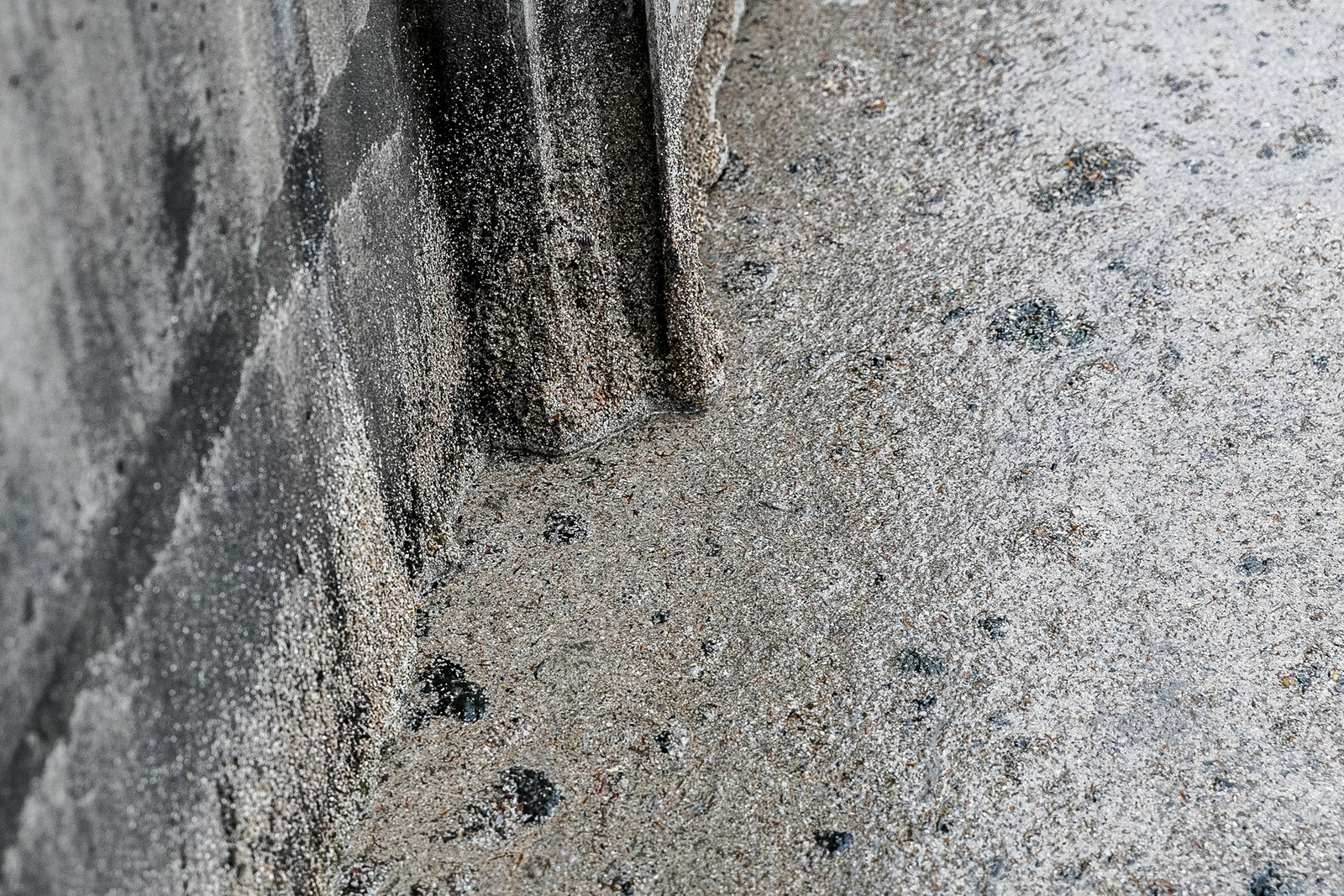
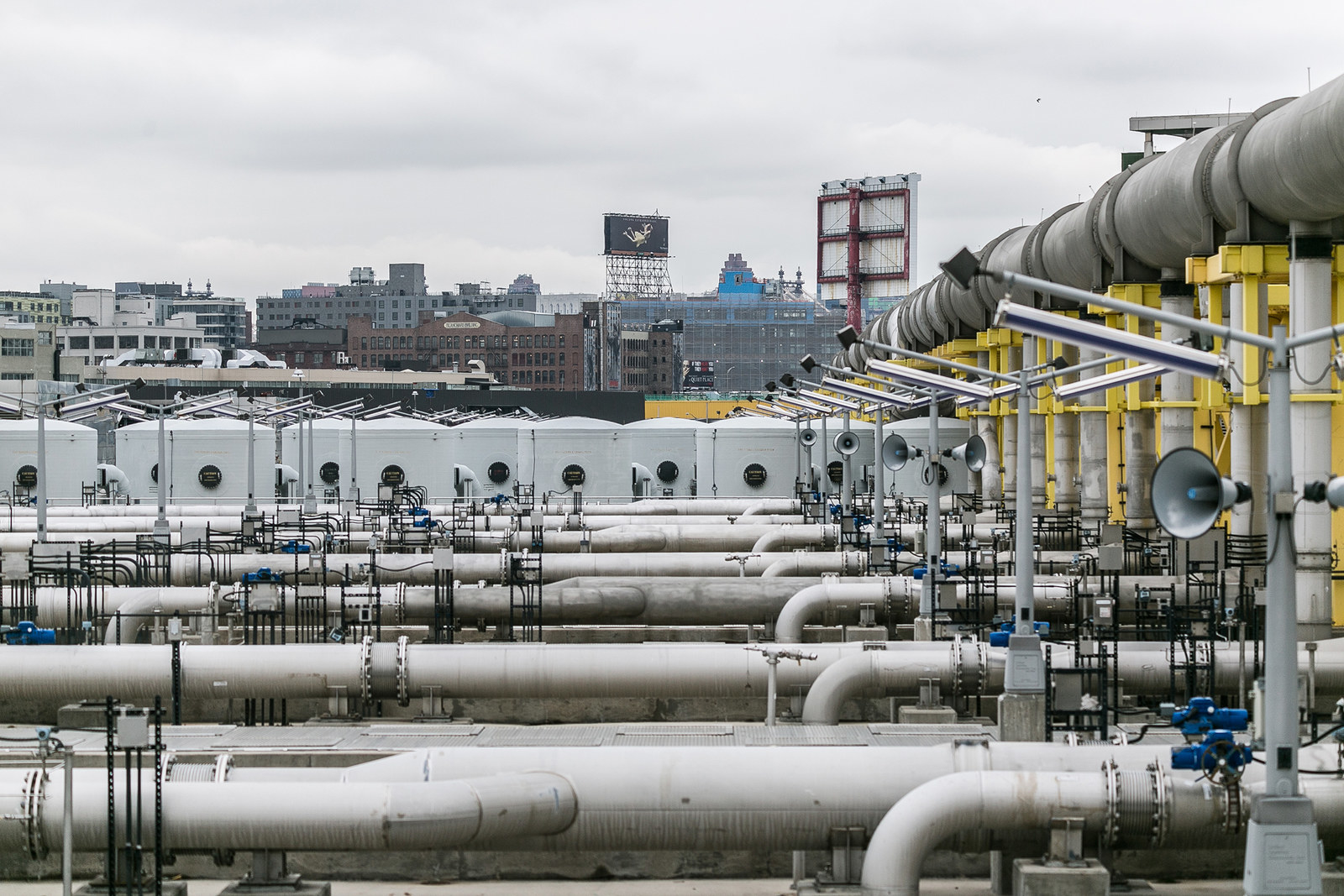
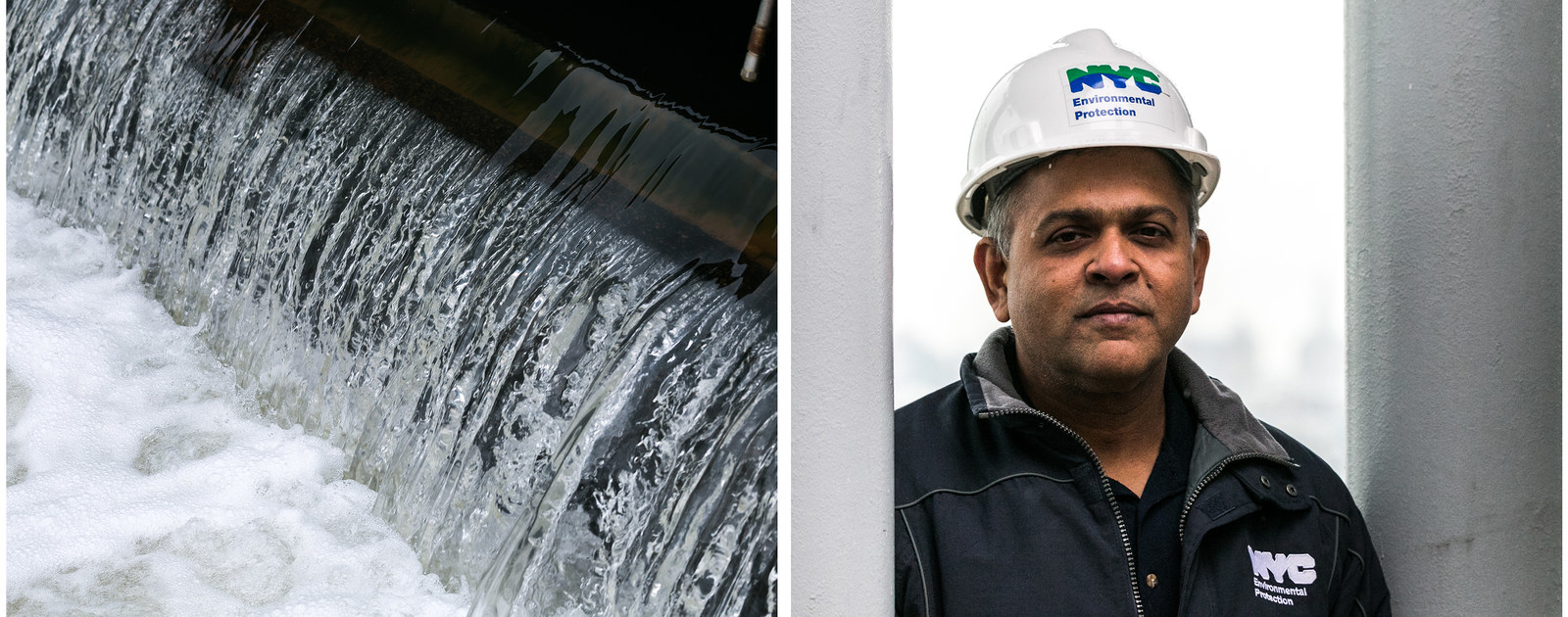
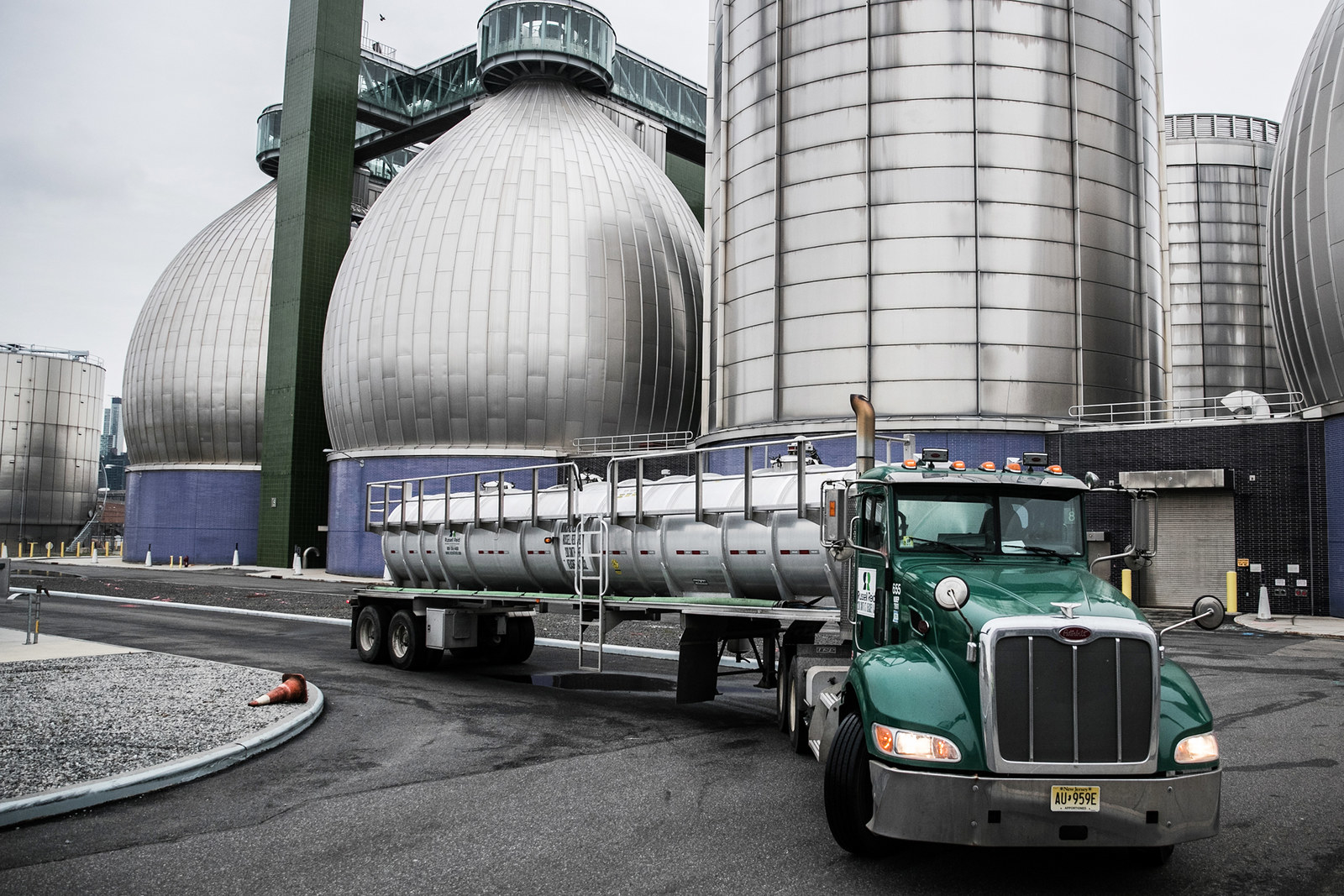
The defining feature unique to the Newtown Creek Wastewater Treatment Plant is its eight stainless-steel "eggs," each containing up to 3 million gallons of waste that over time is broken down by bacteria into more environmentally stable materials.
"The eggs are really the back end, where the solids come in and are being processed," Loncar said. "In that area, we create renewable energy in the form of methane gas. About half of that methane gas will, in turn, be used to run the treatment plant — we'll actually use the energy produced from New Yorkers in our boilers."
It's that process of transforming wastewater into a renewable source of energy that spells the future of plants like these. "An exciting prospect for our future is a partnership with National Grid, who has already started construction on the premises to convert that other 50% of the methane into utility-grade gas, which would allow the community to use it in their stoves, heaters, and hot water.
Fifty years ago, all of that energy was just burned off, but we're heading to a point where we can finally take back all that energy and complete the cycle."
